 Tis the season for New Year’s resolutions. However, this January demands more creativity than losing weight or exercising more. In a playful yet pointedly serious way, I penned my resolutions for 2017:
Tis the season for New Year’s resolutions. However, this January demands more creativity than losing weight or exercising more. In a playful yet pointedly serious way, I penned my resolutions for 2017:
· Find a balance between honoring my own personality and being respectful. The deep longing of my heart often crashes onto the scene with the power of a steam locomotive. I wasn’t born with a gentle, slowly emerging gift. I don’t always show up in a way that this self-respecting, well-mannered girl was taught to believe was acceptable. Nevertheless, it is who I am…and I must find a way to be respectful even when I am all steamed up.
• Seek a diversity of ways to access knowledge. Over the years I’ve sharpened my thinking in the service of my steam-girl gift. Figuring things out, problem-solving, seeing down the road to what needs to happen next have been skills that are indeed of great benefit. But stuck there, the best I can do is guide the steam locomotive where I think it ought to go – knocking down things I believe are obstacles. My brilliant thinking and my not so brilliant thinking are both leading me astray more often than they used to. And yet, I can’t leave my mind at the station. Instead, thinking must keep company with intuition, listening to my body and prayer.
• Keep my feet planted in hope no matter what is happening around me. I hate roller coasters, and steam locomotives barreling down the hill run a close second. I don’t like physical speed, period. Given that I am by nature afraid of potential disasters down the road (or tracks) and I’m not sure that I can trust the locomotive mechanics or those who care for the rails, I’ve had to find courage from the bigger picture and things unseen. Life is unpredictable and uncontrollable, so I want to strengthen my ability to hold out for shimmering possibilities. I want to believe transformation is possible in every moment.
• Do the work that is mine to do, and let the rest go. Like the locomotive, my innards hold both the power of water—connection to the emotions, washing things clean, the power to erode rock slowly drip-by-drip—and the power of fire—sacred fire, blasting away all that brings us no joy, thus allowing real treasures to emerge and illuminate dark, confusing corners. I seek unity right in the middle of division and darkness. Uninterested in baby steps of minor tweaking of our current society’s injustice, I want to step right into the middle of collaboration and partnership: not merely flipping oppressed and oppressor roles, but stepping outside of that dichotomy altogether—now—through writing, conversations and collaborating with big topic organizations like Be Present, Inc. and Wisdom & Money.
It is time for each of us to step into the fullness of our leadership—in all of our quirks and diversity—and to work together to build strong and effective partnerships.
While it may sound tempting to return to a “simple” resolution like losing 20 pounds, more is demanded of me this year. And of you. Resolutions come in all shapes and sizes—what do yours look like?
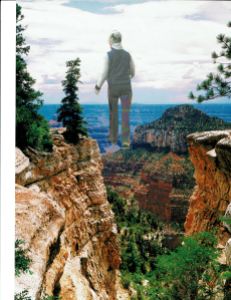

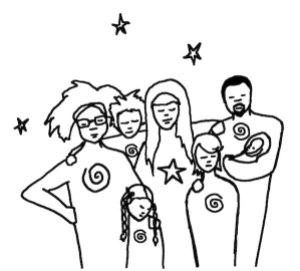
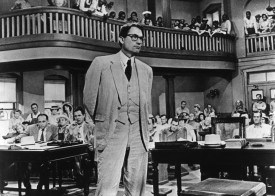
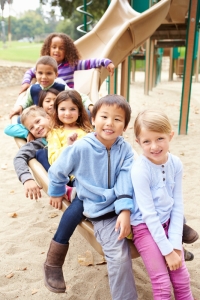
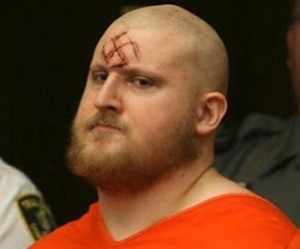
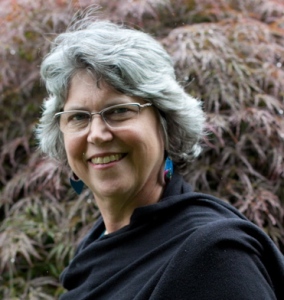
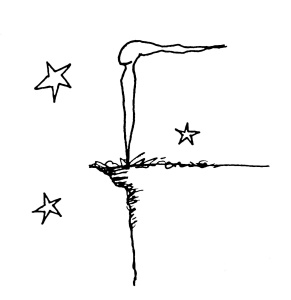

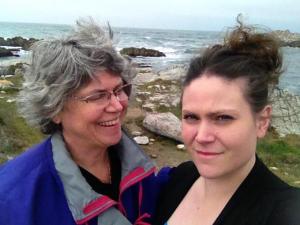

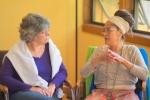
 er how often I try to turn away from working the money, my commitment to waking up to the big topics and experimenting with keeping my values in line with behavior keeps bringing me back to the money. And fundraising.
er how often I try to turn away from working the money, my commitment to waking up to the big topics and experimenting with keeping my values in line with behavior keeps bringing me back to the money. And fundraising.